The Edmund Fitzgerald - Concerto for Piano and Strings
 Instant Download
Instant Download
Details
Description
SKU: A0.942953
Composed by Geoffrey Peterson. Contemporary. Score and parts. 43 pages. Geoffrey Peterson #4267231. Published by Geoffrey Peterson (A0.942953).Link to complete recording: https://soundcloud.com/geoffrey-peterson/sets/the-edmund-fitzgerald-concerto On November 9th, 1975, the S.S. Edmund Fitzgerald left port in Superior, Wisconsin. The 729-foot-long iron ore carrier, loaded with 26 thousand tons of taconite pellets for the auto industry, was bound for Detroit. Earlier that day, the weather service had issued a gale warning. This was not unusual, considering that gale storms are typical during November on Lake Superior. The Fitzgerald’s Captain, Ernest McSorley, and her 29-member crew headed northeast unaware of the maelstrom they would soon encounter. At around 2 a.m., Bernie Cooper, captain of the Arthur M. Andersen, another freighter which was following a few miles behind the Fitzgerald, radioed Captain McSorley to consult with him about the worsening storm. They had both decided to take a more northerly route along the Canadian shore, which they hoped would provide some shelter from the violent gale winds and waves. The Fitzgerald’s long-range radar stopped working the following day and was needed in order to avoid Six-Fathom Shoal, a shallow area of Lake Superior that could rupture the ship’s hull. McSorley soon radioed the Anderson to report that the Fitzgerald had "sustained some topside damage...a fence rail down, two vents lost or damaged, and a starboard list." A list meant that the Fitzgerald was taking on too much water and was causing it to lean to one side. The short-range radar also stopped working, and the radio direction beacon from nearby Whitefish Point vanished. This would make it impossible for the Fitzgerald to reach the lee waters of Whitefish Bay and escape the 80 mph winds churning 20 to 30-foot waves. At 7:10 p.m. that night, First Mate Morgan Clark of the Andersen radioed the Fitzgerald to see how they were doing. Captain McSorley replied, "We’re holding our own." This was the last contact anyone would have with the Fitzgerald. Shortly thereafter, the Edmund Fitzgerald disappeared from the Anderson’s radar screen. All 29 of her crew were lost on November 10th, 1975. The Edmund Fitzgerald chronicles the tragic final voyage of the well-known shipwreck in 4 movements; Embarkment, The Gales, Six-Fathom Shoal ("We’re holding our own.") and Entombment-Dirge. The concerto makes use of several musical quotes. The first is Spanish Ladies, an English sea chantey, which appears in both the 1st and 3rd movements. The second is the funeral march theme from the 2nd movement of Beethoven’s 3rd Symphony which is heard in the 4th movement of the concerto. In addition, a chime is rung 29 times during the final bars of the concerto to memorialize the men who lost their lives. The Crew of the S.S. Edmund Fitzgerald: Michael E. Armagost, Frederick J. Beetcher, Thomas D. Bentsen, Edward F. Bindon, Thomas D. Borgeson, Oliver J. Champeau, Nolan S. Church, Ransom E. Cundy, Thomas E. Edwards, Russell G. Haskell, George J. Holl, Bruce L. Hudson, Allen G. Kalmon, Gordon F. MacLellan, Joseph W. Mazes, John H. McCarthy, Ernest M. McSorley, Eugene W. O'Brien, Karl A. Peckol, John J. Poviach, James A. Pratt, Robert C. Rafferty, Paul M. Riippa, John D. Simmons, William J. Spengler, Mark A. Thomas, Ralph G. Walton, David E. Weiss, Blaine H. Wilhelm.
This product was created by a member of ArrangeMe, Hal Leonard’s global self-publishing community of independent composers, arrangers, and songwriters. ArrangeMe allows for the publication of unique arrangements of both popular titles and original compositions from a wide variety of voices and backgrounds.
Digital Downloads are downloadable sheet music files that can be viewed directly on your computer, tablet or mobile device. Once you download your digital sheet music, you can view and print it at home, school, or anywhere you want to make music, and you don’t have to be connected to the internet. Just purchase, download and play!
PLEASE NOTE: Your Digital Download will have a watermark at the bottom of each page that will include your name, purchase date and number of copies purchased. You are only authorized to print the number of copies that you have purchased. You may not digitally distribute or print more copies than purchased for use (i.e., you may not print or digitally distribute individual copies to friends or students).
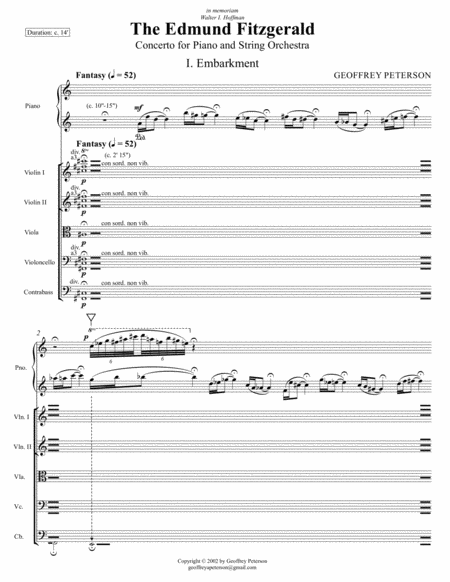
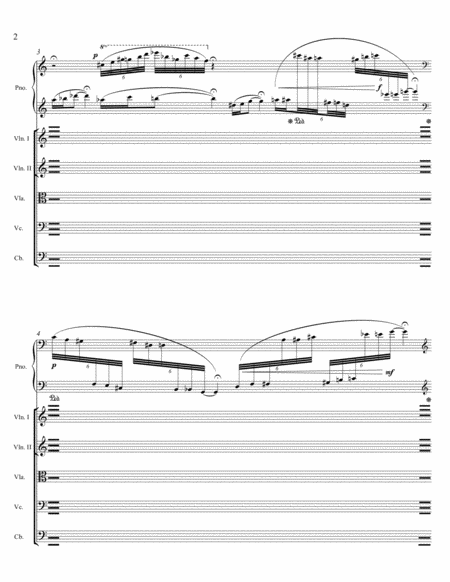
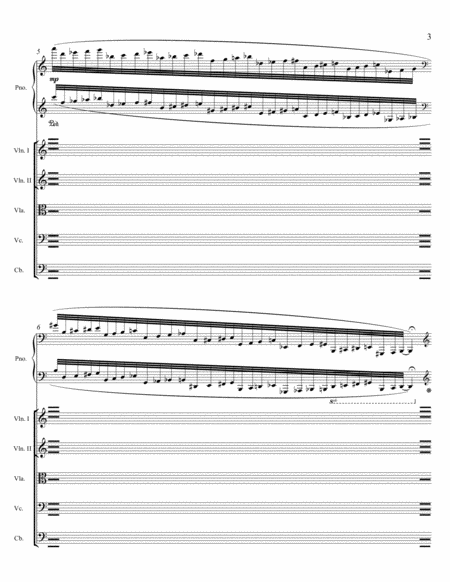
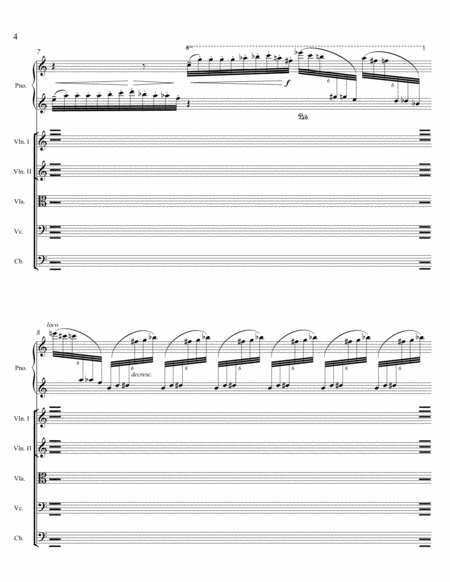
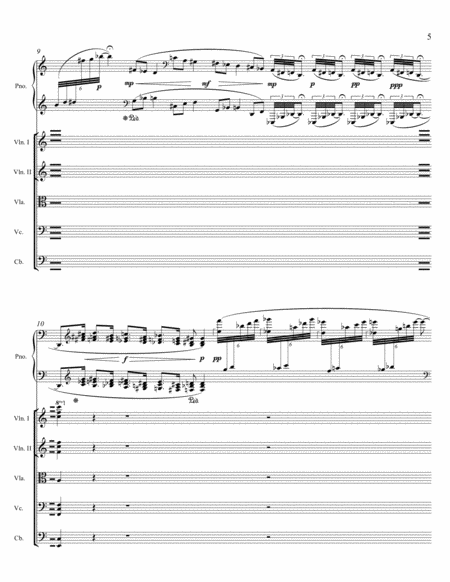
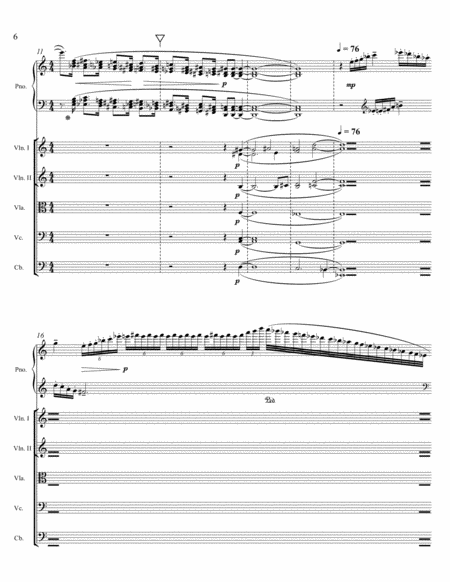
 Share
Share